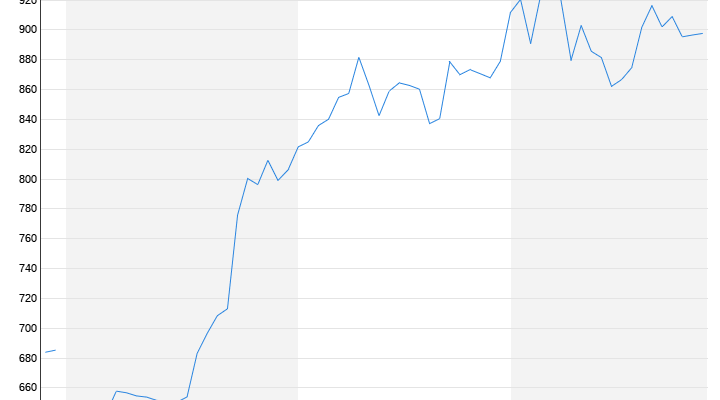Billion package for chip giants
The Netherlands is fighting for the flagship company ASML
March 28, 2024, 7:59 p.m
Listen to article
This audio version was artificially generated. More info | Send feedback
In order to counteract the migration of key industries, the Netherlands is putting together an investment package worth billions. It is intended to attract top talent to chip giant ASML and strengthen the region.
In order to prevent global corporations such as the chip manufacturer ASML from migrating abroad, the Dutch government has presented an investment package worth 2.5 billion euros. The money from “Operation Beethoven” is intended to flow primarily into the development of new employees at ASML, but also to increase the attractiveness of the region and secure the electricity supply. The funds are provided by the government and the region around Eindhoven, where ASML is based.
The chip manufacturer is “one of the most important companies in the Netherlands, a global player,” said Economics Minister Micky Adriaansens, according to the ANP news agency. ASML had previously expressed fears that an election victory by right-wing populist Geert Wilders would lead to a reduction in immigration of qualified workers to the Netherlands. “If we can’t get people here, we’ll get them somewhere else. That’s very simple,” ASML CEO Peter Wennink said in January when the company released its annual report.
ASML employs 42,000 people and is considered one of the most important chip manufacturers in the world. More than half of the employees work in a huge company complex in Veldhoven in the east of the Netherlands, and the majority of them come from abroad. The “Brainport” region, which is home to ASML and technology companies such as Philips, is considered the Silicon Valley of the Netherlands.
ASML recently passed an initial test in the development of its latest generation of machines for producing computer chips. At the end of February, the group confirmed corresponding statements by Intel development director Ann Kelleher at an industry conference. The US semiconductor company is the first customer of the High NA EUV lithography system. “High NA” stands for high numerical aperture and “EUV” stands for extreme ultraviolet light. The new machines, each the size of a double-decker bus and costing more than $350 million, can laser-burn finer circuits into silicon wafers than previous devices. This makes computer chips smaller and more powerful.
